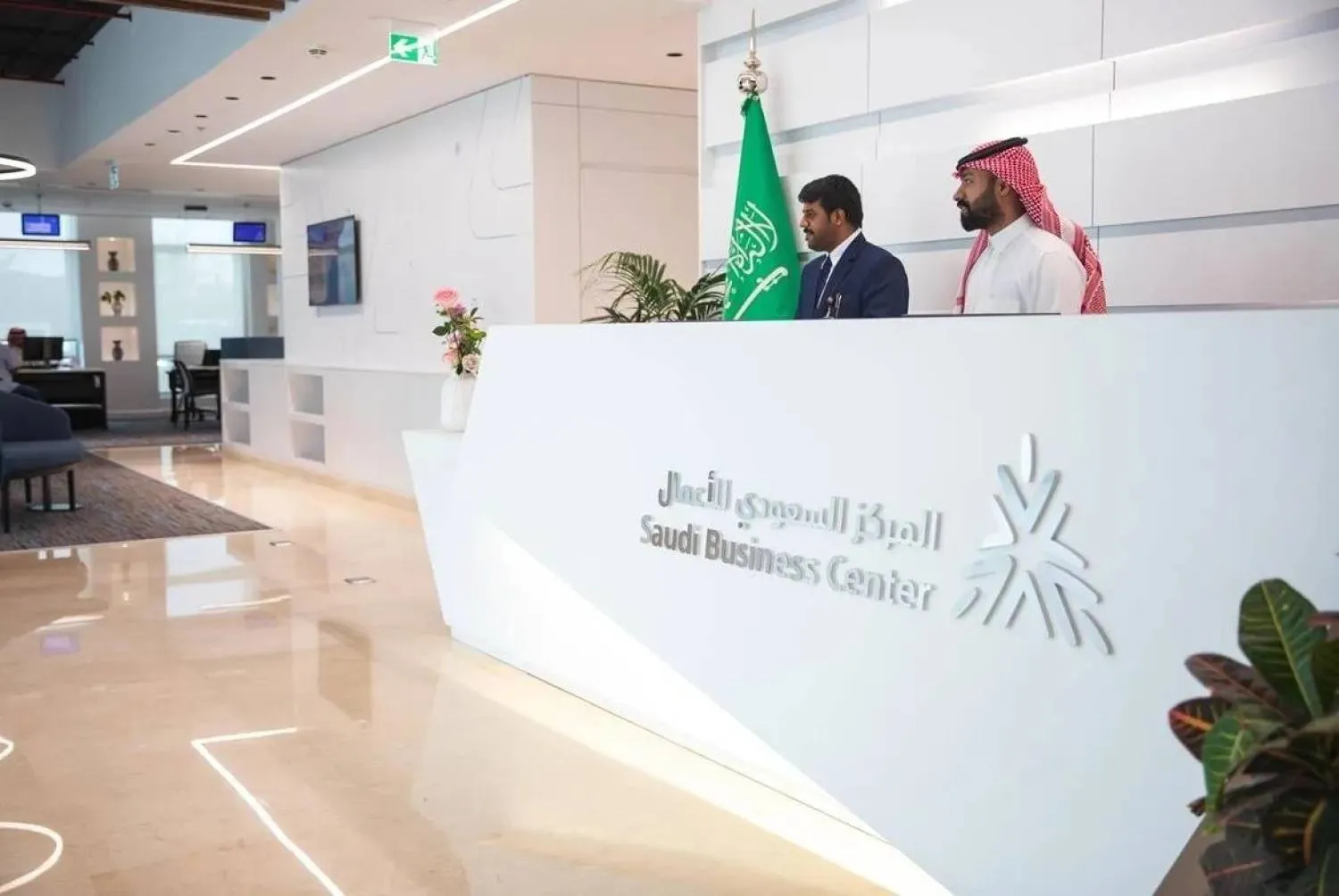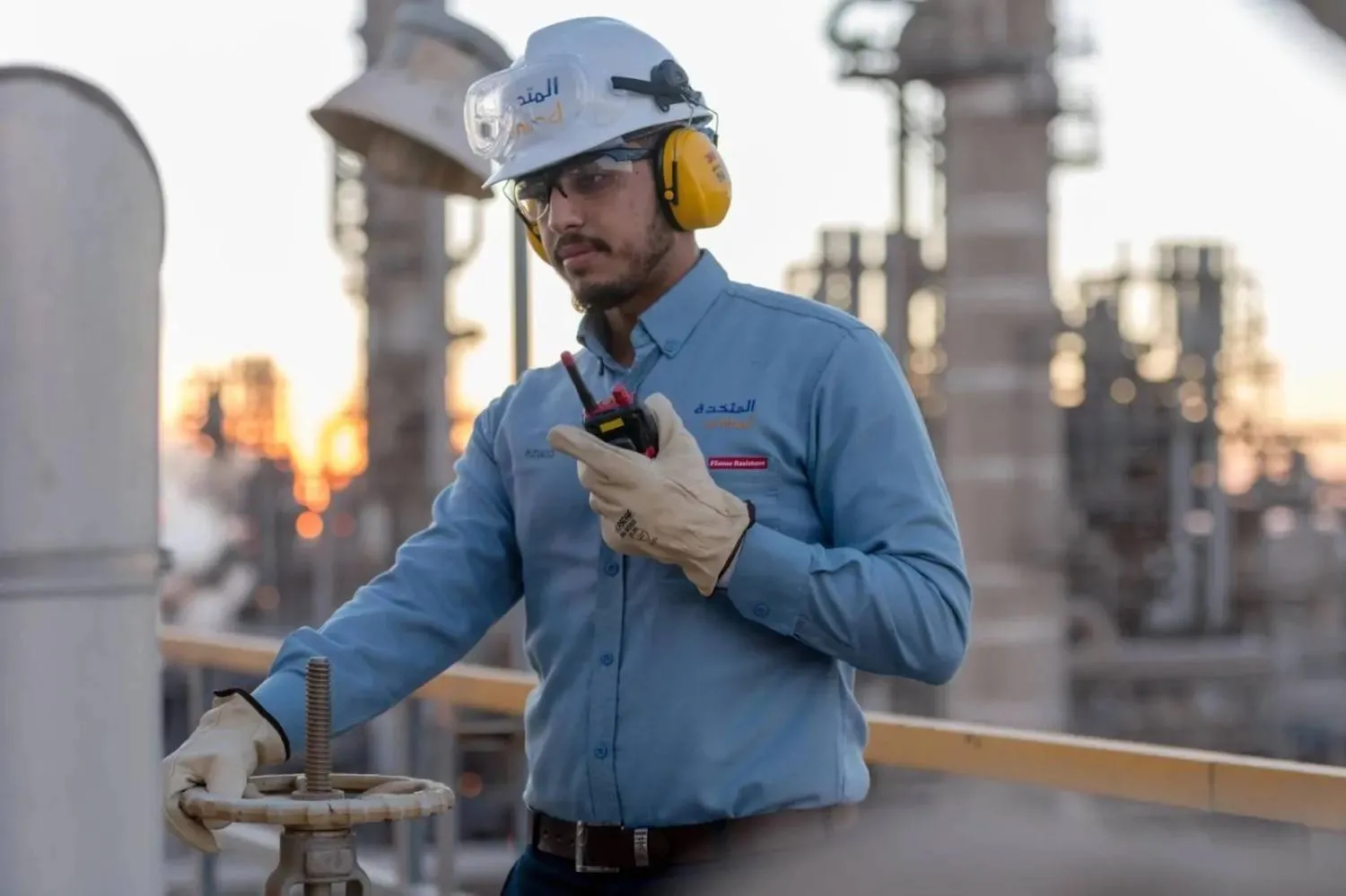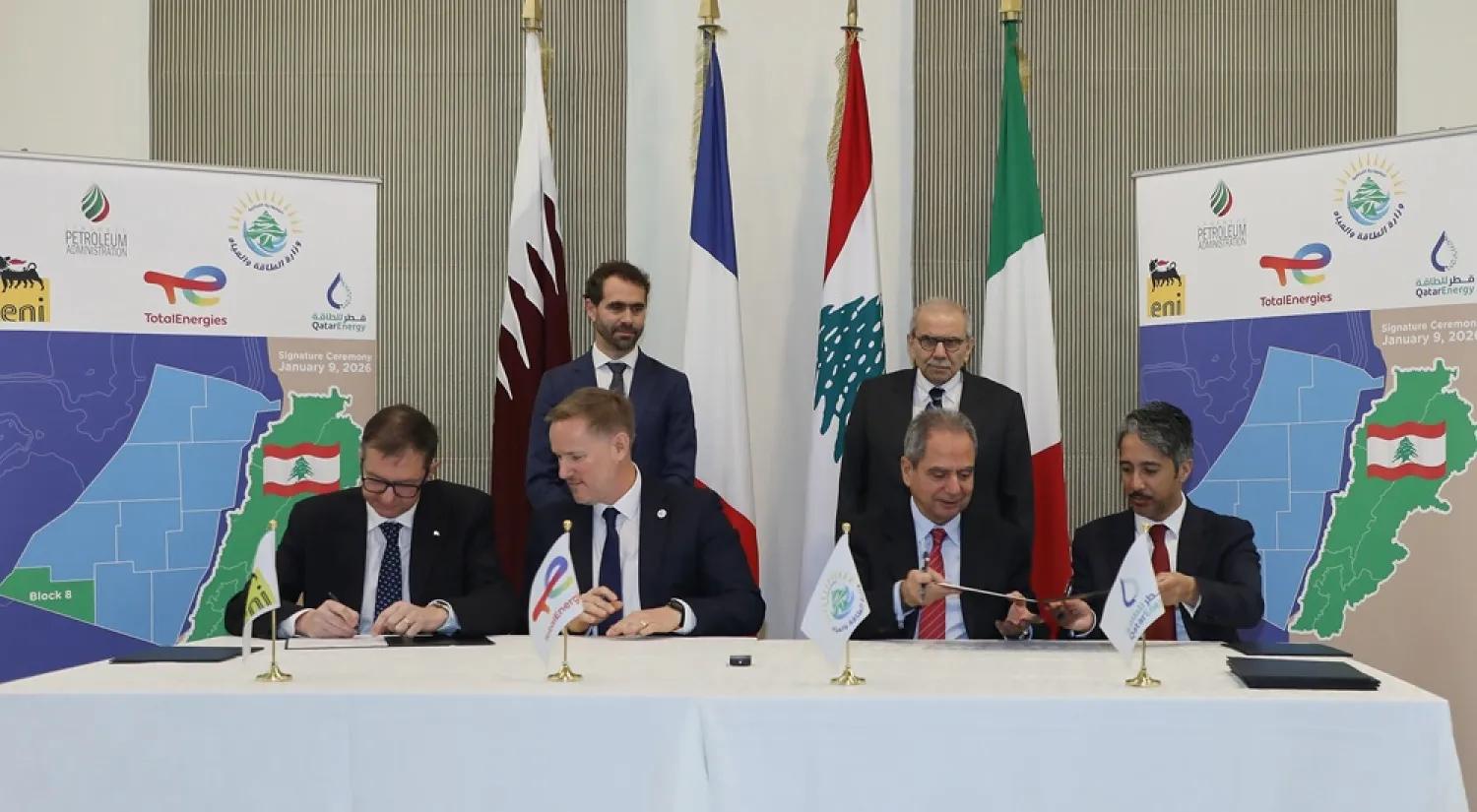Preparations are underway in Riyadh to host the Energy Economics Conference, which is being organized by the International Association for Energy Economics (IAEE), for the first time in the Middle East and North Africa region.
Under the slogan, “Pathways to a Clean, Stable and Sustainable Energy Future”, the conference will be held at the King Abdullah Petroleum Studies and Research Center (KAPSARC) from February 4 to 9, 2023. It will bring together policy makers, academic and corporate and non-government organizations, to present, discuss and debate critical challenges and solutions surrounding the unfolding energy trilemma.
An official statement on Sunday pointed to the importance of the conference “in light of rising energy costs and increasing pressures to transition from fossil fuel reliance to clean and renewable alternatives.”
The statement added: “Individuals, businesses, industries, and nations require a long-term balance between energy reliability, affordability, and sustainability.”
“The foundations for successful post-conference outcomes have already been laid with Egypt’s recent hosting of COP27. The event also has the potential to consolidate the wider region’s climate change leadership credentials ahead of COP28 in the UAE in 2023.”
Fahad Alajlan, President of KAPSARC, said: “As accelerating the energy transition becomes ever more imperative for achieving net zero and definitively overcoming the evolving climate crisis in due course, the global community has a unique opportunity to work together to realize mutual aspirations.”
He continued: “The 44th IAEE Conference represents another key chapter in facilitating dialogue and exchanging knowledge and innovation on the local, regional, and international levels and we are proud to be hosting an event of such profile and influence.”
Dr. Majid Al Moneef, chairman of the Saudi Association for Energy Economic (SAEE), said: “This timely conference will address the energy and environmental issues facing the region and the world.”
The event program will feature over 11 plenary sessions and three workshops, beginning with an inaugural speech by Prince Abdulaziz bin Salman Al Saud, Saudi Minister of Energy and KAPSARC’s Chairman of the Board of Trustees.









